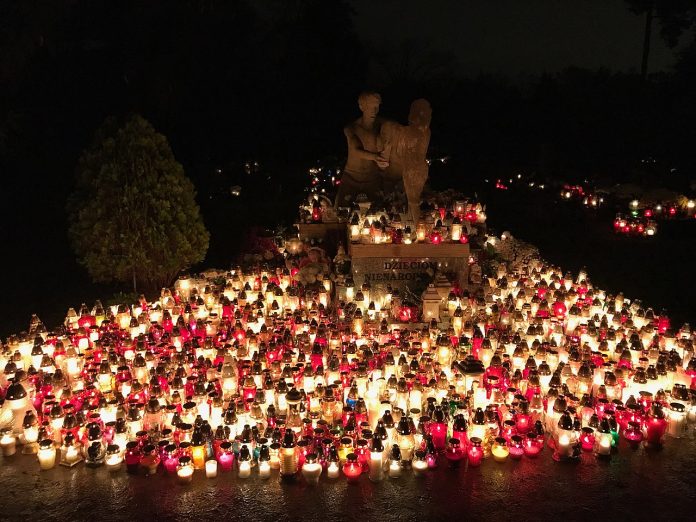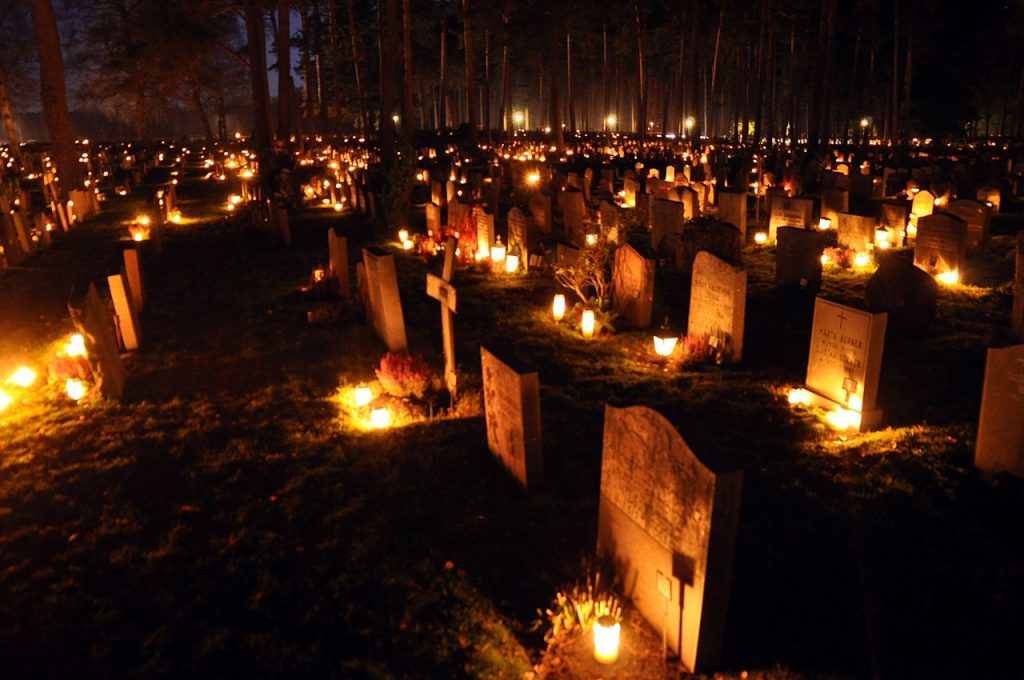
November 1st is celebrated as All Saints Day on the Christian calendar. Considering Christianity is the most widely practiced religion in the Caribbean region, many countries there recognize this as a holiday.
Its origins date as far back as 609 AD, when a Roman pope dedicated the Pantheon as a church to honor the Virgin Mary. Later on in the mid 700s, Pope Gregory III also dedicated a chapel — the famous St. Peter’s Basilica — to saints and martyrs. In 837, Pope Gregory IV extended the honor to all canonized saints within the Catholic religion. This was formally recognized as the first official observance of All Saints Day and November 1 was chosen as the calendar date for its celebration. While important saints each have their own observed days of recognition, All Saints Day recognizes and gives thanks to the many saints who are less commonly known.

All Saints Day in the Caribbean
The holiday is considered to be a Holy Day of Obligation for Catholics in which they must attend mass, pray and honor the saints. Catholics celebrating All Saints Day in the Caribbean are also expected to think of the holiday as a day of remembrance for the dead, bringing candle-lit offerings and flowers to family or friends’ grave sites. All Saints Day, or “La Toussaint” in the French-speaking Caribbean, is also a yearly reminder to beautify your loved one’s resting places, removing cobwebs, dusting off mausoleums and decorating with fresh coats of paint, flowers, photos and other mementos.

Though celebrated in some of the smaller islands like Martinique, Saint Barts and Saint Lucia, All Saints Day is a major holiday in Haiti, where an estimated 80% of the population is believed to be Roman Catholic. There, many flock to the Grand Cemetery in Port-au-Prince, with most Catholics bearing candles and food, and offering prayers for their loved ones. Others come to honor their ancestors by practicing Vodou with rituals and sacrifices.
In Martinique, All Saints Day is a time for extended family to visit and catch up, remembering departed loved ones together. It is often celebrated with family church outings in the morning, feasts later on, and bringing life and happiness to cemeteries, remembering the departed in a joyful and loving way rather than with sadness. Everyone wears white for mass and when going to pay their respects at the cemetery. White is symbolic as it references the color the formerly enslaved wore to funerals for relatives reported missing.






























